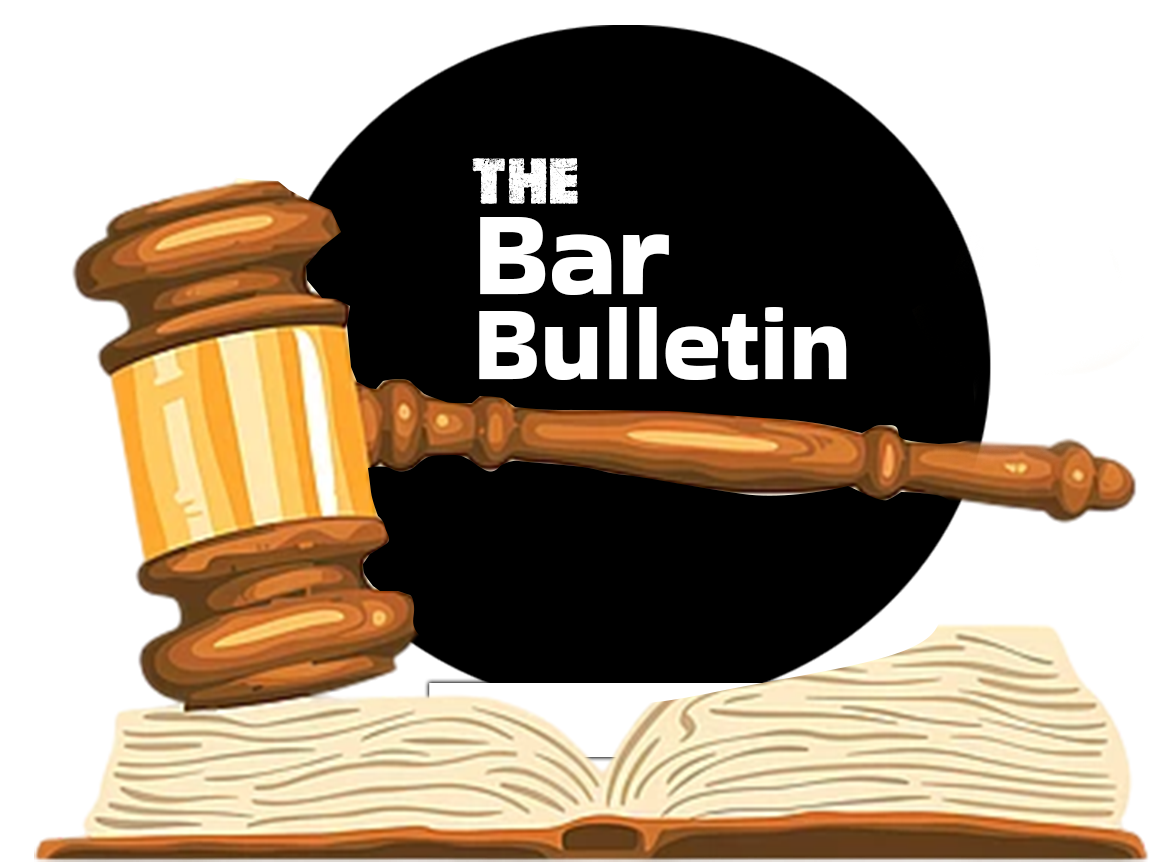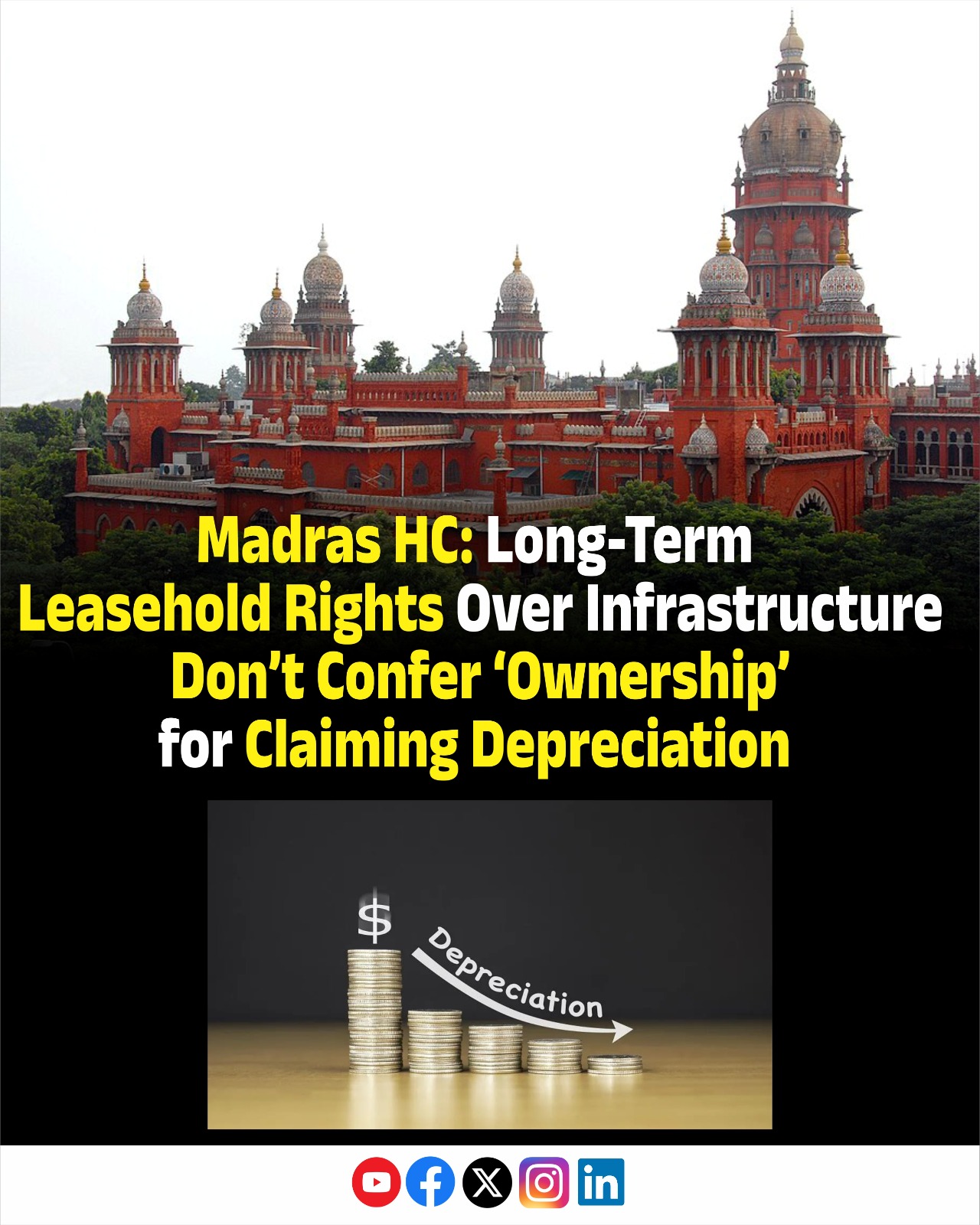The Madras High Court clarified that when the developer (appellant-taxpayer) neither has any absolute right in the infrastructural developments for which the payment has been made, nor does it have part or full ownership over the infrastructure, then no depreciation under Section 32 of the Income Tax Act can be claimed on a commercial right, as development charges paid towards common infrastructural facilities cannot be treated as part of the building, and it is an asset forming part of the land.
As far as the nature of the development charges for infrastructural facilities is concerned, the Court pointed out that the amenities, including parks & canteen, are recreational facilities that may or may not be strictly required for business purposes. Whereas the infrastructural developments towards roads, streets are basic requirements, without which the appellant will not be in a position to put up the factory or run the business.
Further, the appellant, who had contributed the amount towards the infrastructural development, though does not own the same and is also developed by SIPCOT, still the appellant has a right of usage, and without using this right, the appellant will not be in a position to put up the factory or run the business, explained the Court.
Thus, the Court observed that the expenditure incurred by the appellant was not towards betterment of the business or for any enduring benefit, but it was a basic requirement without which the business cannot be established or run. Hence, the contributions made by the appellant towards development charges not being owned by him, and there being no capital asset, qualify for deduction as a revenue expenditure.
The Court therefore concluded that when the development merely facilitates the running of the business of the appellant, which is an essential requirement without which the business could not be operated, then the contributions made by the appellant are eligible to be treated as a revenue expenditure. However, the Court directed that the sum paid is to be amortised, and the appellant would be entitled to a deduction by allowing 5% of the contribution made towards the development charges at the end of each year when the amount gets crystallised, which becomes non-refundable in view of the terms and conditions of the lease.
The Division Bench comprising the Chief Justice Manindra Mohan Shrivastava and Justice G. Arul Murugan referred to Section 32(i) of the Income Tax Act to explain that for claiming depreciation, the taxpayer has to own the intangible asset either wholly or partly, which is used for business or profession. However, in the present case, the appellant-taxpayer had only obtained a long-term leasehold right over the infrastructure, which cannot substitute the term ‘owner’.
The Bench emphasized that the term ‘owner’ implies that a person owns that particular asset, whereas the long-term right to use does not in any manner make the person owner thereon but only allows that person to use that asset for the specified period.
The Bench referred to the lease deed to note that when the plot alone has been conveyed to the appellant on a long lease, the common areas have been retained with the lessor for being developed for providing facilities, like roads, street lights, drainage, etc., for the use of all the other industrial undertakings in common. The lessor has retained the entire ownership, whereas the lessee, like the appellant, was given a right of enjoyment.
Briefly, in this case, the appellant (engaged in the business of manufacturing grey iron and aluminium die castings for automobiles and other marine applications) had entered into a lease deed with SIPCOT, a State Government undertaking, for the lease of a plot in the industrial park promoted by the SIPCOT. The appellant filed the return declaring a total loss of Rs. 15.16 crores, after claiming 10% depreciation on a sum of Rs. 6.20 crores paid to SIPCOT for the development of infrastructural facilities along with the building, which had also been carried forward in the subsequent returns. The AO, however, rejected the claim, holding that the amount paid to SIPCOT was only for land development, and the rights obtained by the appellant were only towards land, and therefore, the claim of depreciation was not allowable on the building.
On appeal, the CIT(A) confirmed the assessment order on the ground that to become eligible for depreciation in respect of roads and bridges laid in factory premises on par with factory buildings, the appellant ought to be the owner. Since the land development expenses collected by the government authority were for the purpose of developing the area as a whole and not with respect to any individual plot, and the appellant was not the owner either individually or jointly, it was not entitled to depreciation. Further, the CIT(A) also rejected the alternate claim of the appellant to allow as revenue expenditure on the ground that the payment has been made towards the development of the land for establishing the industrial unit.
On further appeals, the ITAT held that to claim depreciation under Section 32 of the Income Tax Act, the appellant should be the owner of the property/asset and the same should be used for the business. Unless and until the capital asset is used as a tool for carrying out the business of the appellant and the appellant becomes the owner, it is not eligible for depreciation.
Cases Distinguished:
Techno Shares & Stocks Ltd. vs. CIT – (2010) 327 ITR 323 (SC)
Bangalore International Airport Ltd. vs. Deputy CIT – (2023) 146 taxmann.com 206 (Karnataka)
Appearances:
Advocate R. Vijayaraghavan, for the Appellant/ Taxpayer
Advocate V. Pushpa, for the Respondent/ Revenue

